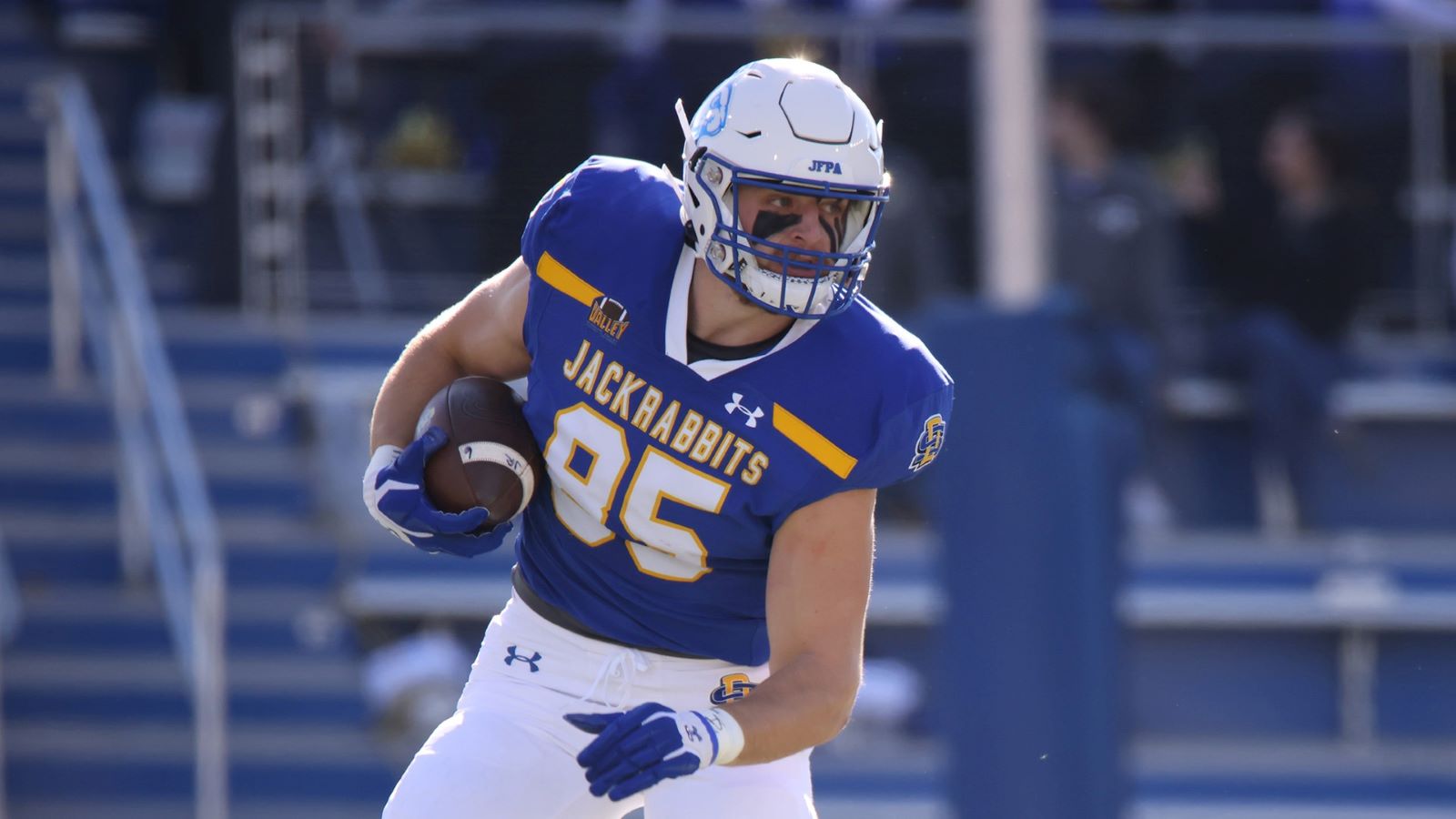In an attempt to prevent more legal challenges, the NCAA is set to implement new transfer and NIL policies. Athletes will now be permitted unlimited transfers as long as they meet academic requirements. In addition, schools will now be able to assist athletes in finding NIL deals that are $600 or higher. The Division I Board of Directors is likely to approve the new rules with the transfer policy going into effect immediately and the NIL change beginning August 1, 2024.
How Might the FCS Be Impacted?
The more noticeable impact for FCS teams will be around the transfer rules but NIL also plays into transfers. A recurring theme throughout the “transfer portal” era has been the increasing number of FCS players leaving for FBS programs. In 2023, there were 314 FCS-to-FBS transfers, according to Hero Sports. 2022 had about 190 transfers, 2021 had over 150 transfers, and 2020 had roughly 100 such transfers. At the time of this posting, there are already 229 with the spring transfer portal window recently opening and running through April 30.
Leaving for greener pastures has been the nature of the FCS itself since it was created: the best-performing teams have left for more stature, better visibility, more money, etc. available at the FBS level. The ease of transferring, the allure of playing against the top players in college football with the possibility of reaching the NFL, and the increased NIL opportunities are the equivalent for FCS players hoping to move to the FBS. Not every player will leave the FCS for these reasons but the new rules make it more likely than ever for more established players to move on.
While the FCS programs will never be able to match FBS programs dollar-for-dollar in the NIL department, a potential split within the FCS could emerge between those with relatively strong NIL collectives (or even those with any collective) and those without a collective. As of late 2023, only 43 of the 128 FCS programs had an NIL collective although those are not guaranteed to be used solely for football. The resource disparity – one already present at the FBS and FCS levels – may grow with schools having the ability to help athletes find NIL opportunities. The increased transparency with the required reporting of NIL deals will help quantify how large of an advantage some schools have on the NIL front although it should be noted that large NILs won’t necessarily translate to better results on the field.
For the FCS as a whole, it presents a wide range of possibilities: some schools may grow stronger as a result of NIL leading to larger resource differences, some schools might leverage NIL to become more competitive in football and partially close the gap, some schools may attempt to use NIL but do so ineffectively, and other schools may (or will) disregard NIL or simply don’t have the resources to pursue a collective. All those possibilities are likely to happen simultaneously in this new reality for FCS fans.
Photo Credit to South Dakota State University Athletics







